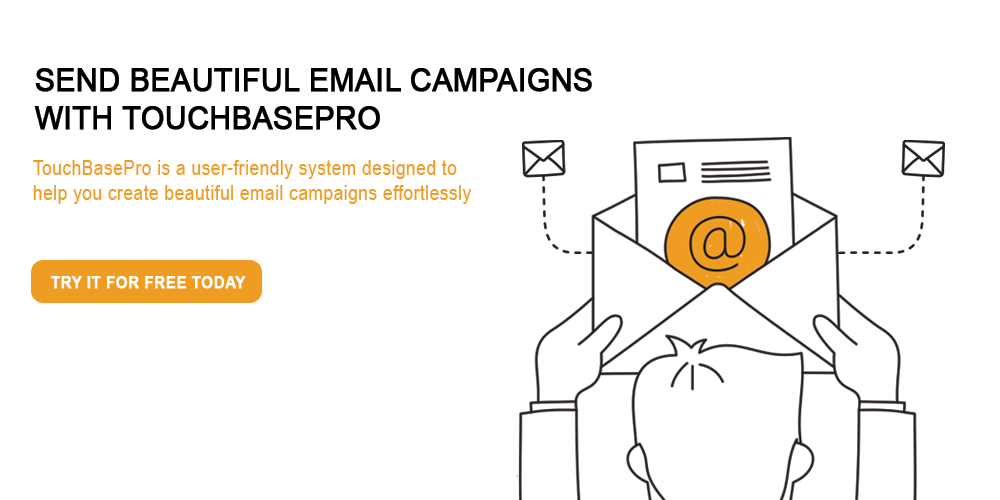Transactional emails are a cornerstone of everyday life. Your customers are getting them every day – whether after signing up for a service, after ordering something online, or just getting reminders. Chances are, if you check your inbox, you’ll see quite a few transactional emails there.
Because transactional emails are triggered by a client’s actions and set up by I.T. departments to be sent by nameless, faceless systems, they tend to be purely functional – sometimes even plain text – with little to no branding.
As a marketer, you should be concerned about this inconsistent, off-brand experience that your customers are getting. Especially considering that transactional emails have up to 8 times more opens and clicks than any other kind of email, and could potentially generate 6 times more revenue.
Instead of leaving it in the hands of database engineers, it’s in your best interest to take control. Let’s look at why they’re important to your business, and the 5 best practices you can implement to get more opens, clicks and revenue from your transactional emails.
Why Transactional Emails?
The reason transactional emails see such a high engagement rate is because customers need them. Your newsletters might be pretty, and offer excellent value, but at the end of the day they’re not vital to your customers’ everyday lives.
An invoice or a password reset request on the other hand, those are things a customer can’t do without. Most transactional emails are seen as a have-to-have, instead of a nice-to-have. So if you’re sending them anyway, you should be using a third party software like TouchBasePro to fully harness that communication channel.
Here are the five ways you can make your transactional emails more successful:
Best Practice 1 – Be upfront
The best kinds of transactional emails have clarity. They have their purpose front and centre, and aren’t bogged down with extra, superfluous details.
So, as tempting as it is to lead with your social media links, or include a huge advertising banner of your featured products, remember that your customers are getting this email for a reason. What is that reason? Make that your focus.
Best Practice 2 – Be smart with your Subject Line
One of the reasons that transactional emails have a high engagement rate is because often, customers need to constantly refer back to them. If they’re tracking an order, or have a booking confirmation that they need to refer to, then they’re going to be looking for your email, often.
Getting smart with your subject lines will make it easier for customers to find your email in their inbox, so make them searchable. Think about the vital information that’s going in that email, and craft a short phrase, something like “Your order for Product from Company has been shipped”. That way, if they search your company name, the name of product they ordered, or even the words “order” or “shipped”, your email shows up first.
Best Practice 3 – Be friendly
Just because transactional emails are, well, transactional, it doesn’t mean they need to sound like they were written by a robot. By taking care to make your copy friendly and compelling, your customers will be much more at ease while interacting with them.
Be sure you understand your customer, know what they like and dislike, and write your copy accordingly. Understand the tone that they’ll appreciate, and make use of it. This will give your customer a more personal experience.
Best Practice 4 – Be deliberate with your design
Put some thought into how your transactional emails are designed, otherwise your hard work may be for nothing. Make sure your branding is a priority by using your colour scheme and including your logo, so your mails are instantly recognisable.
Your transactional emails should be mobile friendly as well, as customers are just as likely to open emails on their smartphones as they are on their desktops. And don’t forget that to use buttons to make clear call to actions, you don’t want your customers confused or misguided by your design.
Best Practice 5 – Be driven
Lastly, take advantage of your mails to start driving traffic back to your website, and even by encouraging more sales. For example, if a customer updates their information, you could send a targeted, highly branded thank you mail with a discount voucher targeted at their new interests. That way, you’re luring them back and encouraging them to spend more money, at the same time as getting your brand to the top of their minds.
Get more from Transactional Emails
From start to finish, every interaction a customer has with your company should be relevant, personal and visibly branded. If you’re doing that with your regular newsletters, it’s time to start expanding that experience to your transactional emails as well.
